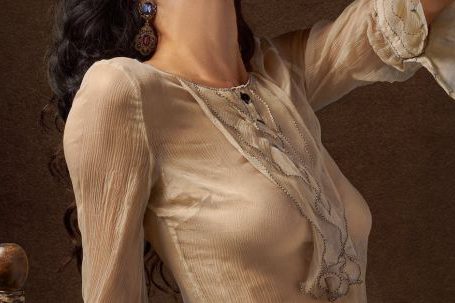In the world of photography, portraits are a powerful medium for capturing the essence of a person. They have the ability to communicate a story, evoke emotions, and document a moment in time. However, it is not simply the act of taking a photograph that creates this impact. It is the art of storytelling that truly brings a portrait to life.
What is storytelling in portrait photography?
Storytelling in portrait photography is the practice of using visual elements to convey a narrative or capture a specific mood or emotion. It goes beyond simply capturing a person’s likeness and delves into the realm of creating a connection between the subject and the viewer. Through careful composition, lighting, and direction, a photographer can tell a story that engages the viewer and reveals something deeper about the subject.
Creating a narrative through composition
Composition plays a crucial role in storytelling in portrait photography. It is the arrangement of elements within the frame that guides the viewer’s eye and conveys a specific message or feeling. By carefully considering the placement of the subject, the use of leading lines, and the inclusion or exclusion of certain elements, a photographer can create a sense of tension, balance, or harmony within the image.
For example, a portrait of a person standing alone in a vast landscape can evoke a sense of isolation or contemplation. On the other hand, placing the subject in the center of the frame with a vibrant background can create a sense of confidence or presence. These subtle choices in composition can greatly enhance the storytelling aspect of a portrait.
The role of lighting in storytelling
Lighting is another essential element in storytelling in portrait photography. It has the power to shape the mood, highlight certain features, and create depth within the image. Whether it is natural light or artificial lighting, the direction, intensity, and quality of light can greatly influence the narrative of a portrait.
Soft, diffused lighting can create a sense of intimacy or vulnerability, while harsh, directional lighting can evoke a dramatic or intense mood. By understanding how to manipulate light, a photographer can enhance the story being told and emphasize the emotions or characteristics of the subject.
Directing the subject
While composition and lighting are important, directing the subject is equally crucial in storytelling in portrait photography. The way a subject poses, their facial expressions, and their body language can all contribute to the narrative being conveyed. A photographer must be skilled in guiding the subject, making them feel comfortable, and eliciting genuine emotions.
For example, a portrait of a musician may involve capturing them in the act of playing their instrument, showcasing their passion and dedication. A portrait of a parent and child may involve capturing a tender moment of interaction, conveying the love and connection between them. By directing the subject effectively, a photographer can capture authentic moments that tell a compelling story.
In conclusion,
Portrait photography is not simply about capturing a person’s image; it is about capturing their essence, their story. Through composition, lighting, and direction, photographers have the ability to create narratives that engage viewers and evoke emotions. By understanding the power of storytelling in portrait photography, photographers can elevate their work and create images that truly resonate with others. So, the next time you pick up your camera, remember that you have the power to tell stories through your portraits.





